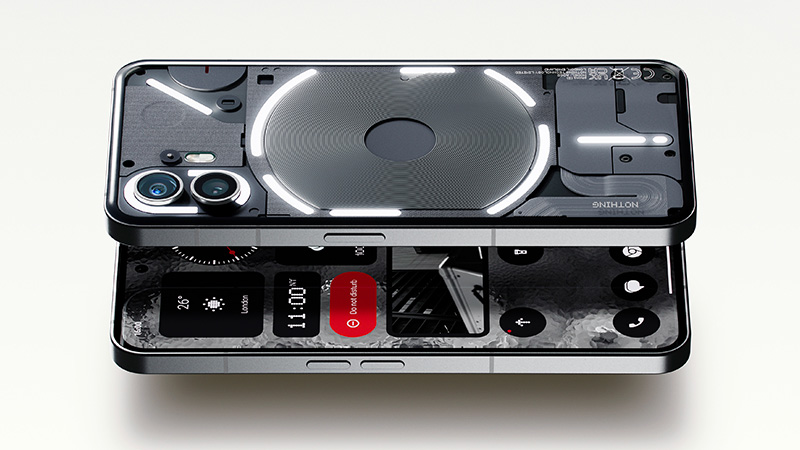Why you should look at a flickering screen for 10 minutes for science
The key words are aphantasia and pseudo-hallucinations and the results vary from person to person.
An experiment regularly goes around on social media in which the participants are asked to imagine an apple. It shows that there are people who see a more or less concrete picture in front of them – and those who cannot conjure up a picture at all.
This is still blowing my mind lol
Close your eyes and imagine an apple. What do you see?
I’m a 5 pic.twitter.com/fL6JpxOsZS
– Mary (@premium__heart) February 7, 2020
The latter is called aphantasia – the lack of functioning visual imagination. Scientists from Great Britain and Germany now want to research this phenomenon further.
Contents
What does aphantasia have to do with pseudohallucinations?
Ganzflicker is the name of the experiment in which a connection between aphantasia and susceptibility to complex pseudo-hallucinations is to be researched. The test participants should look for ten minutes at a screen that flickers red and black.
Some of the people experience so-called pseudo-hallucinations as a result, meaning that they recognize images and objects in the flickering. In contrast to hallucinations, those affected by pseudohallucinations are aware that they are not real perceptions.
The scientists could already find outthat people who can imagine a plastic apple are particularly prone to pseudo-hallucinations caused by rhythmic flickering.
The visual cortex decides what you see
According to brain research, whether and what participants see in the flicker depends on the visual cortex. Everything we see is processed here, including optical illusions. This area is very good at filling gaps that are just outside of our field of vision, for example.
Nonetheless, the results differ from person to person – both for the voids and for the pseudo-hallucinations. Where one believes to recognize a mountain landscape, for the other it is faces and bodies that move. This is exactly what the scientists want to find out more about with the help of the Ganz Flicker experiment.
If you want to take part, you can see the whole thing under “The Ganzflicker Experience“And fill out the questionnaire. People with photosensitive epilepsy should avoid the experiment, however. Anyone who feels uncomfortable during this should also stop; for all others there is no danger.


